
April 25, 2024


| “On Amazon, Zhu Zhu Pets has 19 products in the top-selling 100 products in the Electronics for Kids category, whereas Webkinz has one: No. 91.” |
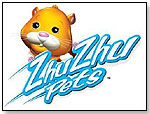 As it turned out, sales were, in fact, falling off a cliff. According to the NPD Group, sales for Web-connected play toys dropped 41 percent this year through August. And the main culprit responsible for this decline was, apparently, Webkinz by Ganz.
As it turned out, sales were, in fact, falling off a cliff. According to the NPD Group, sales for Web-connected play toys dropped 41 percent this year through August. And the main culprit responsible for this decline was, apparently, Webkinz by Ganz. 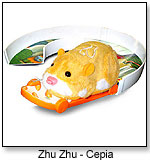 Zhu Zhu Pets were test-marketed in late May-early June 2009, including a special promotion at Chase Field on Sunday, May 31, at the Arizona Diamondbacks’ game against the Atlanta Braves in Phoenix. Upon entering the stadium, the first 5,000 children in attendance were given a Zhu Zhu Pets hamster mask. That was probably the last time a Zhu Zhu product was easily obtainable because the toys immediately went ballistic and have been out of stock ever since. Hornsby emailed me on Aug. 6, saying, “the product is ON FIRE.”
Zhu Zhu Pets were test-marketed in late May-early June 2009, including a special promotion at Chase Field on Sunday, May 31, at the Arizona Diamondbacks’ game against the Atlanta Braves in Phoenix. Upon entering the stadium, the first 5,000 children in attendance were given a Zhu Zhu Pets hamster mask. That was probably the last time a Zhu Zhu product was easily obtainable because the toys immediately went ballistic and have been out of stock ever since. Hornsby emailed me on Aug. 6, saying, “the product is ON FIRE.”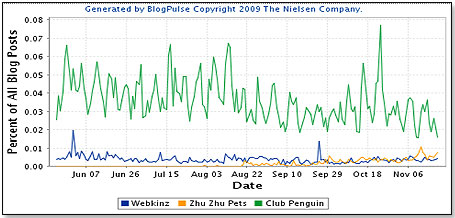
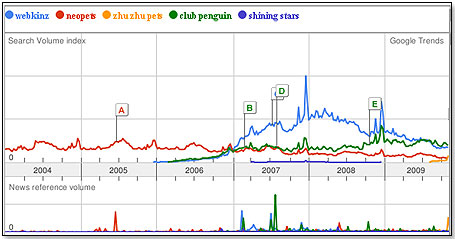
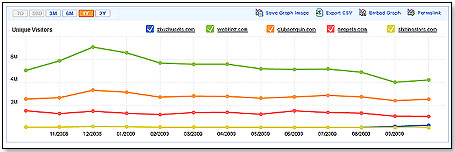
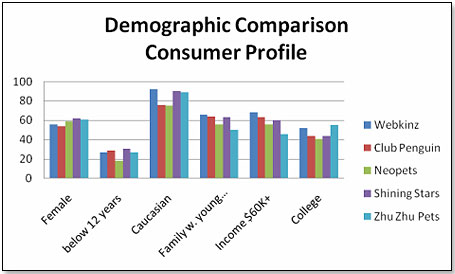
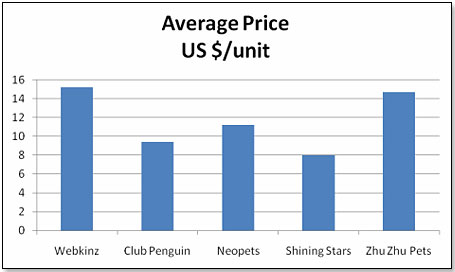
 At this point in time, 95 percent of Zhu Zhu Pets are being sold in the mass market, and only about 5 percent in specialty, mainly Hallmark stores. This is quite atypical, in that an entrepreneurial product normally starts in specialty and then eventually graduates to mass. The reason why this did not happen this way is that Cepia, as a small company, had neither the finance nor the facilities to keep a lot of inventory in the United States. They hence sold the product in container loads FOB China and were paid at the moment the goods left their Chinese factories. The only retailers who had the finance and the supply chain resources to do this were the big boys. Some Hallmark stores banded together and pooled their purchases so they could fill at least one container and this is how, today, Hallmark is pretty much the only non-mass retailer carrying the product. While this disappointed the many small retailers who did not have this facility, it appears that Cepia’s explanations were generally accepted by them and kept relationships on an even keel.
At this point in time, 95 percent of Zhu Zhu Pets are being sold in the mass market, and only about 5 percent in specialty, mainly Hallmark stores. This is quite atypical, in that an entrepreneurial product normally starts in specialty and then eventually graduates to mass. The reason why this did not happen this way is that Cepia, as a small company, had neither the finance nor the facilities to keep a lot of inventory in the United States. They hence sold the product in container loads FOB China and were paid at the moment the goods left their Chinese factories. The only retailers who had the finance and the supply chain resources to do this were the big boys. Some Hallmark stores banded together and pooled their purchases so they could fill at least one container and this is how, today, Hallmark is pretty much the only non-mass retailer carrying the product. While this disappointed the many small retailers who did not have this facility, it appears that Cepia’s explanations were generally accepted by them and kept relationships on an even keel.
Copyright © 2024 TDmonthly®, a division of TOYDIRECTORY.com®,
Inc.